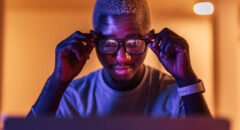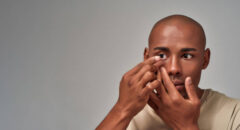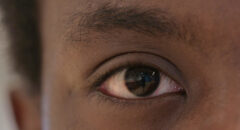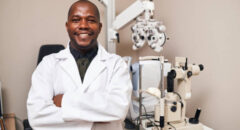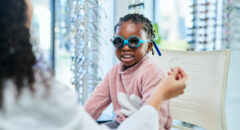
One day, a group of co-workers discussed when they first realized they needed glasses. Most had trouble seeing the blackboard in school. Some had problems reading. We all had another thing in common. Our parents didn’t believe us at first when we said we couldn’t see well. They said “quit playing,” or thought we were trying to get attention. One person said by the time she finally persuaded her mother to get her eyes checked, they found she was so nearsighted that without glasses she was legally blind. Don’t be that parent.
When children have poor eyesight, it can impact every aspect of their lives. For school-age children, it affects reading and classroom performance.
Some experts theorize that undetected vision problems manifest the same symptoms as Attention Deficit Hyperactivity Disorder. In younger children, vision can affect eye-hand coordination used to draw a picture or hit a baseball.
Why children wear glasses
There are several reasons children wear glasses.
- Improve vision
- Strengthen a weak or “lazy” eye
- Correct crossed or misaligned eyes
- Provide protection if one eye has poor vision
How to know if your child needs glasses
A very young child can’t tell you something is wrong with their eyesight. An older child may not realize that not everyone has trouble seeing the print in a book. But there are signs parents can watch for that could mean a child needs glasses.
Eight signs your child needs glasses
- Squinting. A child who has trouble focusing on an object might squint to try to see it more clearly.
- Headaches. Eyestrain can lead to frequent headaches.
- Covering one eye. Tilting the head or covering one eye can be a sign that the child has amblyopia, or lazy eye, one of the most common eye disorders in children.
- Holding things close to the eyes. If a child sits too close to the television or holds books or devices close to the eyes, it’s a possible sign of poor vision. If a person is nearsighted, holding an object closer makes it look clearer.
- Rubbing the eyes. Eyestrain can cause children to rub their eyes. But it is also a symptom of other conditions, like pink eye or conjunctivitis.
- Trouble concentrating at school. In school, children must quickly change their visual focus from near to distant and to different objects like chalkboards, textbooks and tablets.
- Difficulty reading. If a child has trouble seeing the words, it is more difficult for them to keep their place on the page
- An eye turning in or out. Good vision requires the eyes to work and move together.
What you should you do if you think your child needs glasses
Experts recommend having an eye exam before a child’s first birthday. Conditions like lazy eye, and crossed eyes can
be corrected. Early diagnosis and treatment can prevent the eyes from getting weaker with time.
These exams are especially important for children who have a parent or sibling with eye issues. Parents should also schedule an eye exam if they suspect a child has vision concerns.
If there are no problems identified in the initial exam, the child does not need another eye exam until it is time to start school. At that time, a child should receive a comprehensive eye exam, according to the American Optometric Association.
RELATED: What’s Your Vision of the Future? 7 Tips For Healthier Eyes
Parents often think an eye exam is unnecessary because many schools have vision screenings for students. But a vision screening only checks if a student can read an eye chart.
A child who can read an eye chart might still have issues related to eye focusing and eye coordination.
In fact, according to the American Optometric Association, up to 75 percent of school vision screenings miss vision problems.
It’s not always obvious when a child has vision problems. But having a child’s vision checked in the first year of life, and then before starting school will help ensure that any problems are identified and corrected.
If a child says they can’t see or shows signs of vision problems mentioned above, have their vision checked. The benefit is helping your child perform at his or her best both in and out of the classroom.



